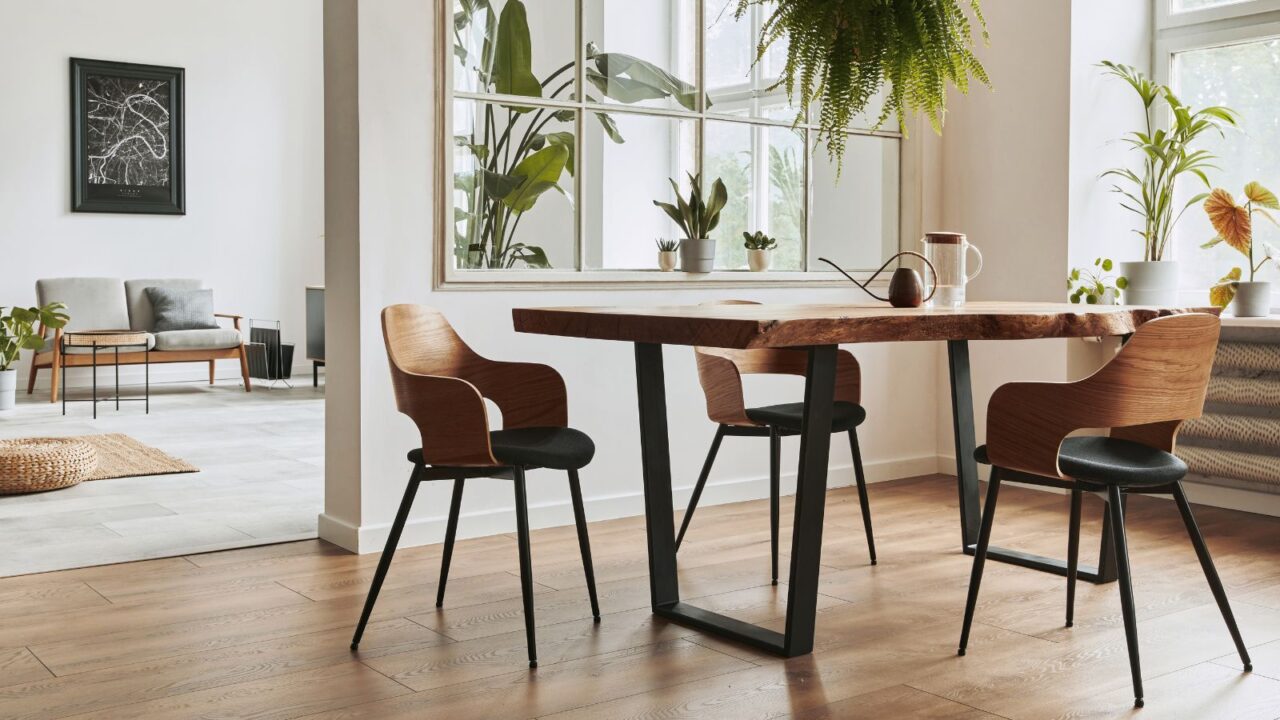
Why Room Flow Matters
You love decorating or renovating your home, but somehow whatever you do, every room feels completely disconnected. If this is an issue you face, then stick with me through this slideshow, where I am going to share simple secrets to make every room flow together.
Whether you’re working with an open-concept space or separate rooms, these simple tips will help your home feel more connected and harmonious without losing its unique character.
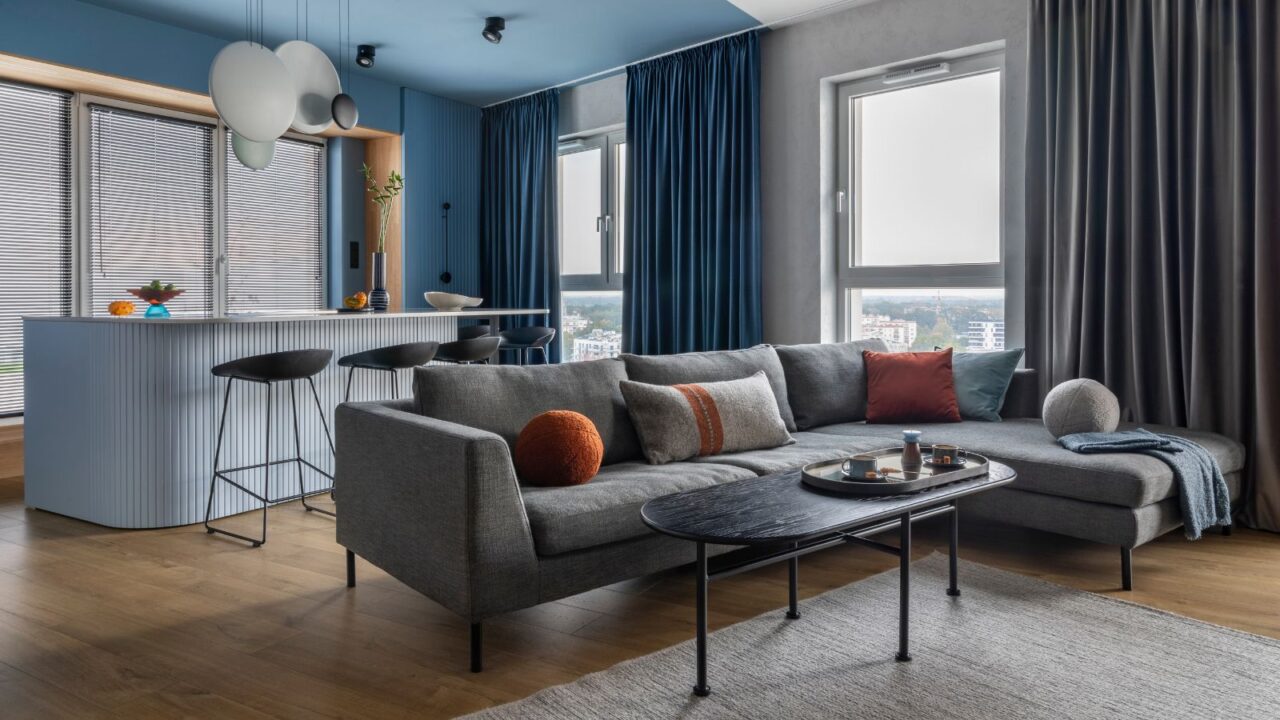
Start with a Unifying Color Palette
A cohesive home starts with a well-thought-out color palette. Pick a base color or two that repeat throughout your home whether on walls, furniture, or accents. This doesn’t mean every room needs to be the same shade, but having colors that subtly connect spaces makes everything feel intentional.
If you love bold colors, try a variation of hues from the same family or complementary tones to keep things dynamic yet harmonious. Even neutral lovers can add interest with textures and shades within their palette.
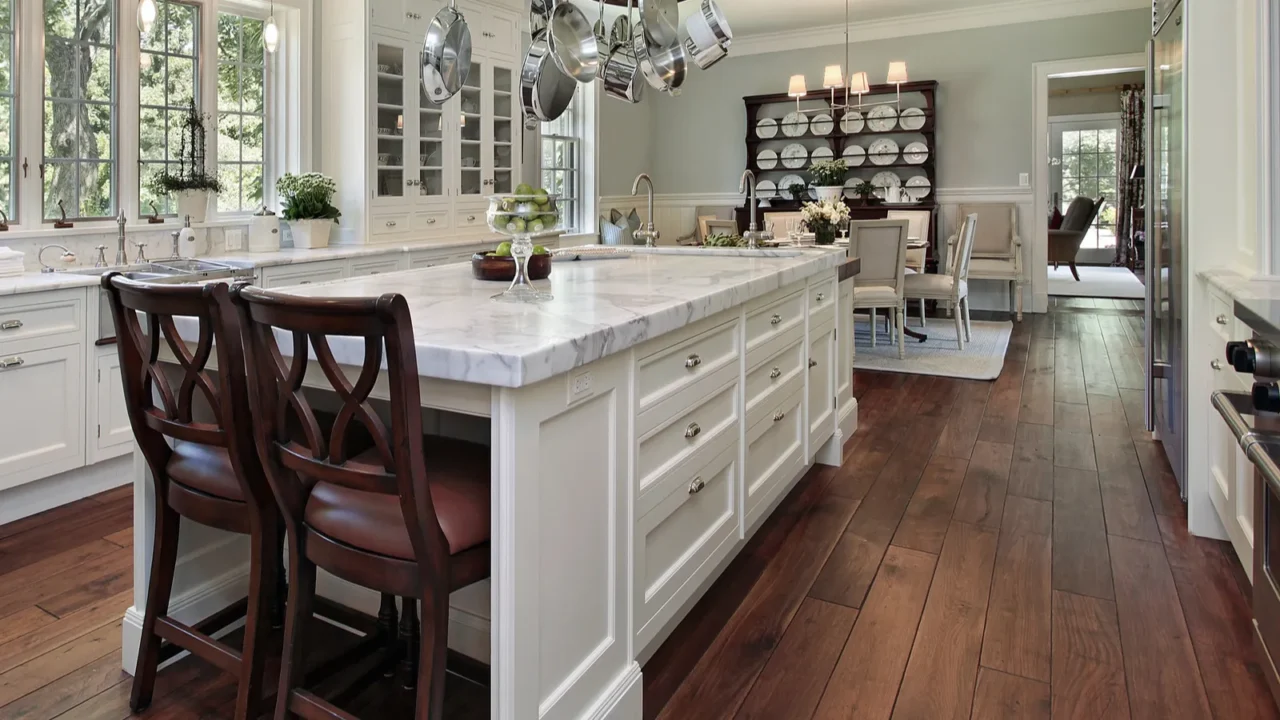
Use Flooring to Connect Spaces
One of the easiest ways to make rooms flow is with consistent flooring. If you can, use the same material like hardwood, laminate, or tile throughout the main areas of your home. If switching materials is necessary, try to keep them similar in tone or use rugs to transition smoothly between spaces.
Hallways and connecting areas should feel like natural extensions of the surrounding rooms, so avoid drastic flooring changes that visually cut up the space.
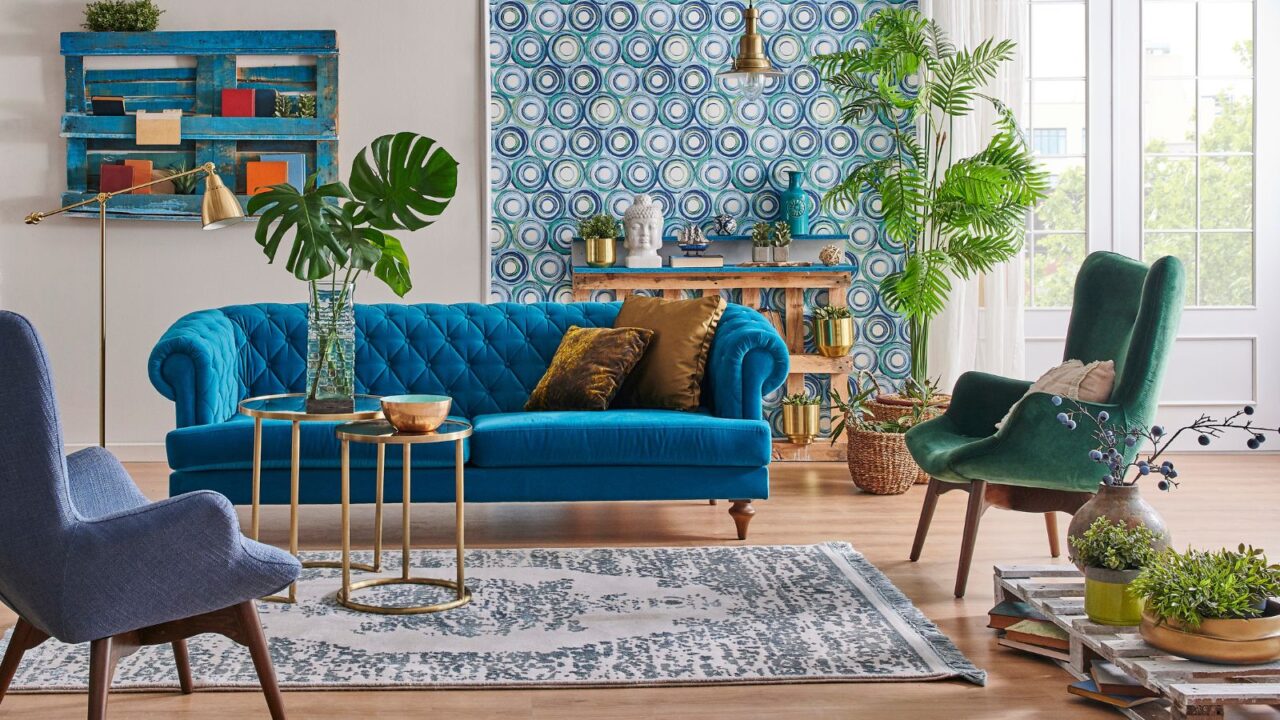
Repeat Key Design Elements
Repetition creates cohesion. Choose a few design elements like a specific metal finish, wood tone, or shape and use them across multiple rooms. For example, if your living room has brass light fixtures, consider using brass handles in the kitchen or brass-framed mirrors in the hallway.
Even repeating a particular pattern in pillows, rugs, or artwork can tie spaces together without feeling overly matchy-matchy.
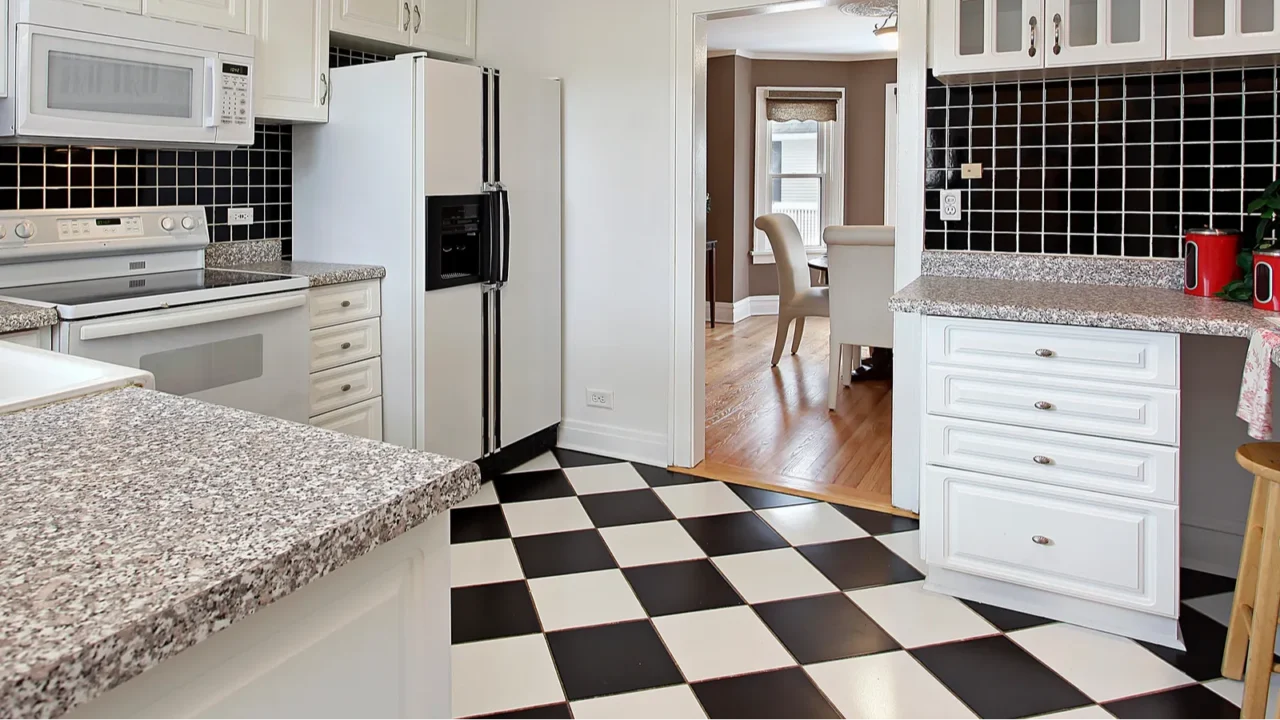
Keep a Balanced Mix of Styles
Your home should reflect your personality, but mixing too many unrelated styles can make rooms feel disconnected. If you love blending styles (such as modern and vintage) find common ground between them, like a shared color scheme or similar materials.
Sticking to a 70/30 ratio (70% one style, 30% another) helps maintain harmony while keeping things interesting.
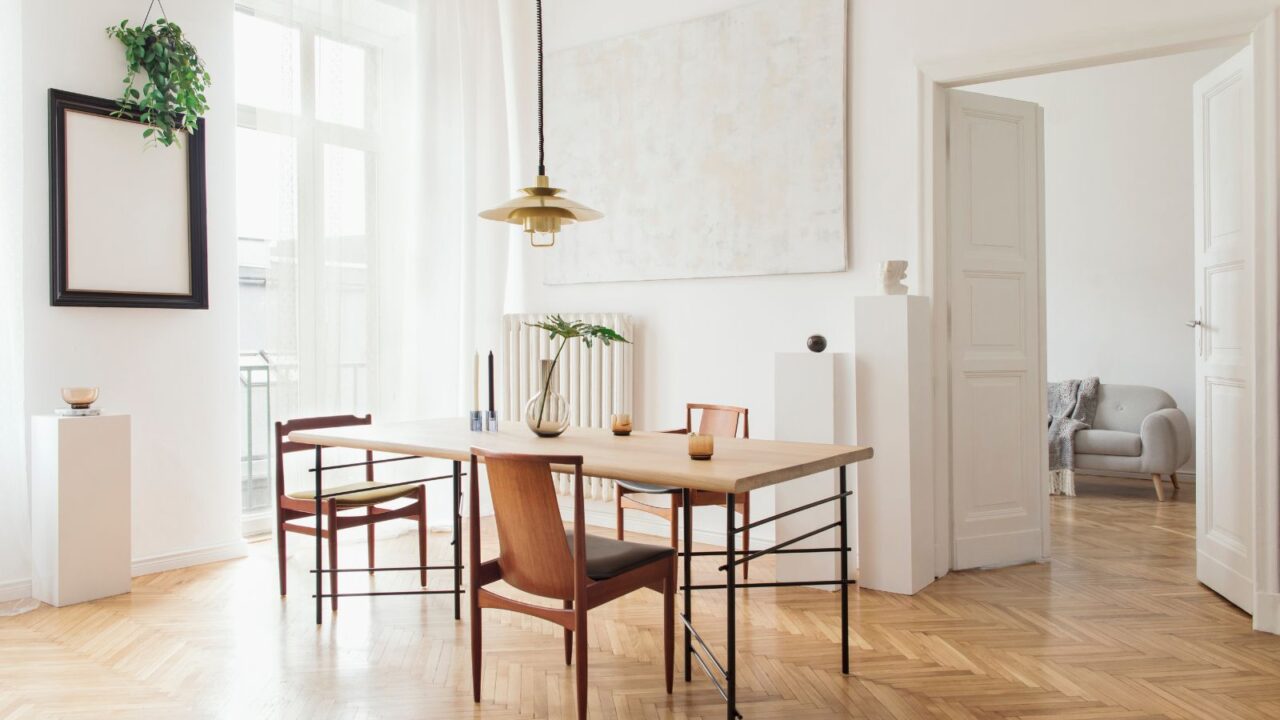
Pay Attention to Sightlines
Think about what you see when standing in one room and looking into another. Does the view feel cohesive, or does it feel like two completely different homes?
Using similar color tones, furniture heights, or design elements helps maintain visual continuity. If one room is bright and airy while the next is dark and moody, try adding transitional elements like a shared accent color or similar textiles to bridge the gap.
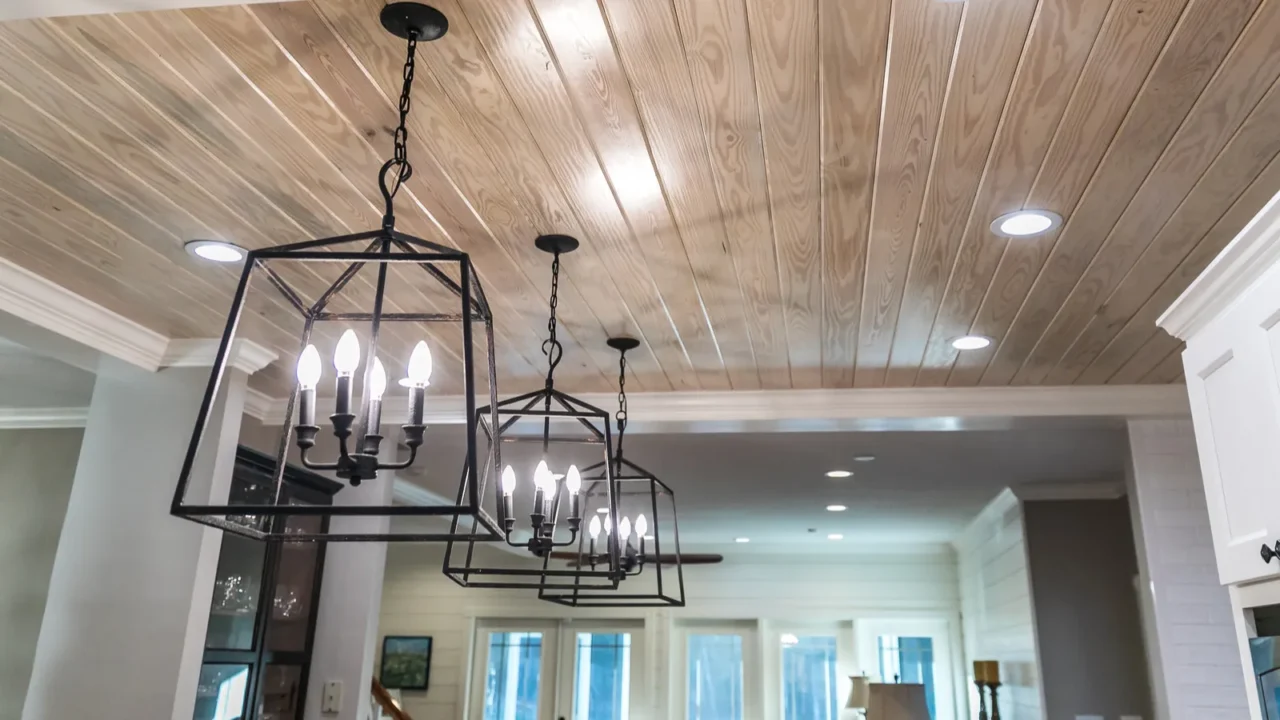
Let Lighting Create Continuity
Lighting can make or break the flow of a home. Instead of treating each room separately, think of your lighting choices as part of a larger story.
Stick to a similar temperature (warm or cool) throughout and use layers of overhead lighting, lamps, and wall sconces to maintain a balanced ambiance. If you’re mixing fixtures, try to keep them in the same finish or complementary styles for a cohesive feel.
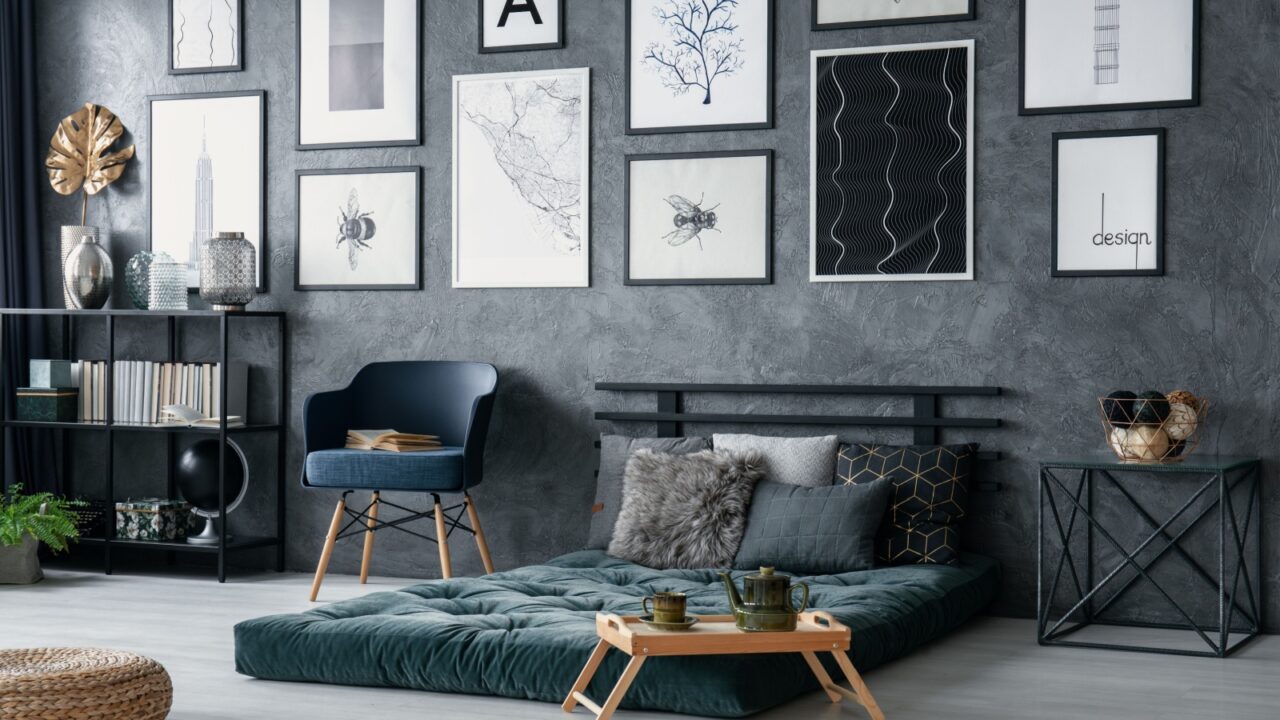
Keep Wall Art and Decor Connected
Your home’s artwork and decor should feel like they belong together. This doesn’t mean everything has to match, but there should be a sense of connection.
Stick to a common theme like abstract art, nature-inspired prints, or a specific color scheme to create visual harmony. If you love an eclectic mix, try using similar frame styles or mat colors to tie everything together.

Make Transitions Seamless with Rugs
Rugs can act as bridges between spaces. If you have an open floor plan, use rugs that share similar colors or patterns to visually connect different areas.
For rooms with distinct flooring, a well-placed runner or area rug can create a smoother transition between spaces. Just be mindful of scale because too many small rugs can make a space feel choppy.
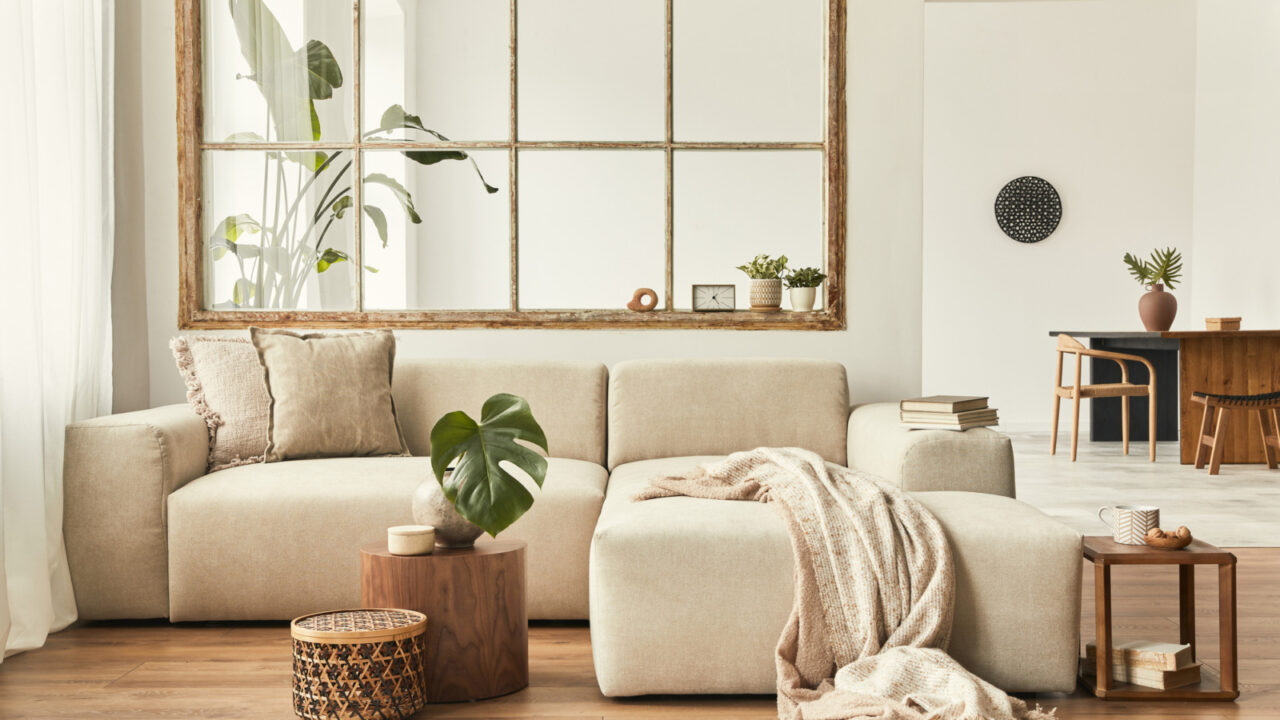
Carry Accent Colors Throughout the Home
A great way to make your home feel unified is by carrying an accent color through multiple rooms. If your living room has navy blue throw pillows, try using navy in the kitchen through dishware, a vase, or barstools.
This subtle repetition makes the home feel intentional without overwhelming the design. You have the choice to use accent colors either on walls, furniture, or small elements.
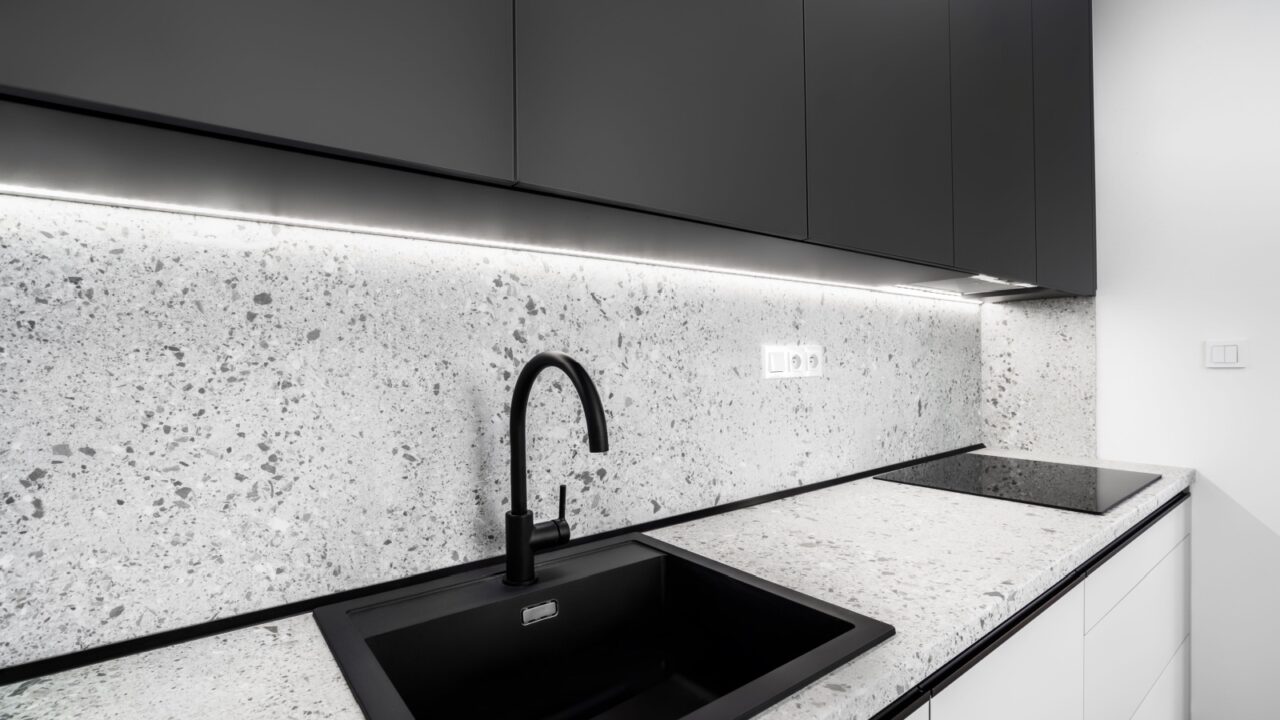
Consistent Door and Cabinet Hardware
Small details like doorknobs, cabinet handles, and faucets play a bigger role than you think. Using the same metal finish like brushed nickel or matte black throughout your home creates a streamlined look.
If you love variety, try mixing finishes in a deliberate way, such as pairing warm metals (brass, gold) with cool ones (chrome, silver) in a balanced manner.
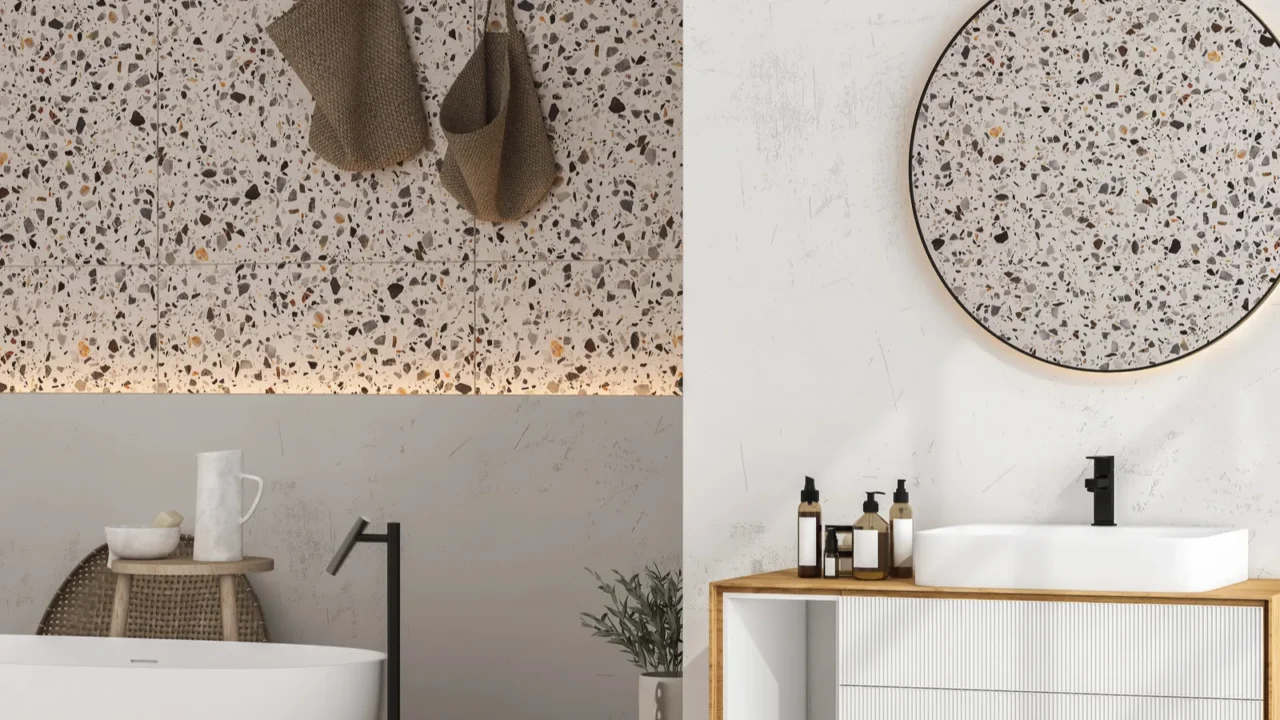
Keep a Similar Level of Formality
Ever walked through a house where one room feels ultra-modern while the next is ultra-traditional? That sudden shift can be jarring. While each space can have its own personality, keeping a similar level of formality whether casual, elegant, or somewhere in between, ensures a smoother flow from room to room.
Once you pick a theme, stick to it. Don’t let changing trends influence you to give in.
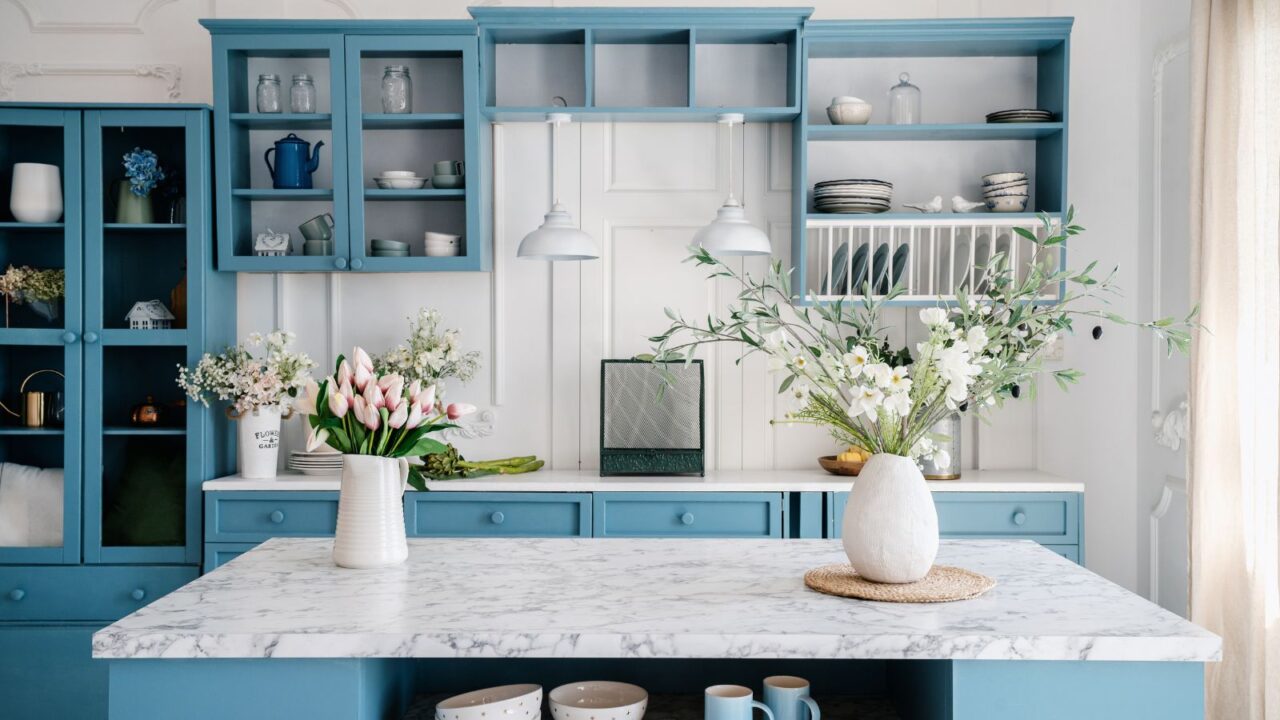
Use Open Shelving to Display Common Elements
If you are not afraid to dust every day, open shelving can be a good addition to your home to create a sense of connection between rooms. You can display repeated elements. In the living room, kitchen, or bathroom, use similar decor pieces like ceramic vases, woven baskets, or framed photos to tie spaces together.
If your kitchen has wood shelves with white dishes, echo that in the dining area with a wood console and white ceramics. Shelving helps create a visual link in open-concept layouts by blending storage with style.
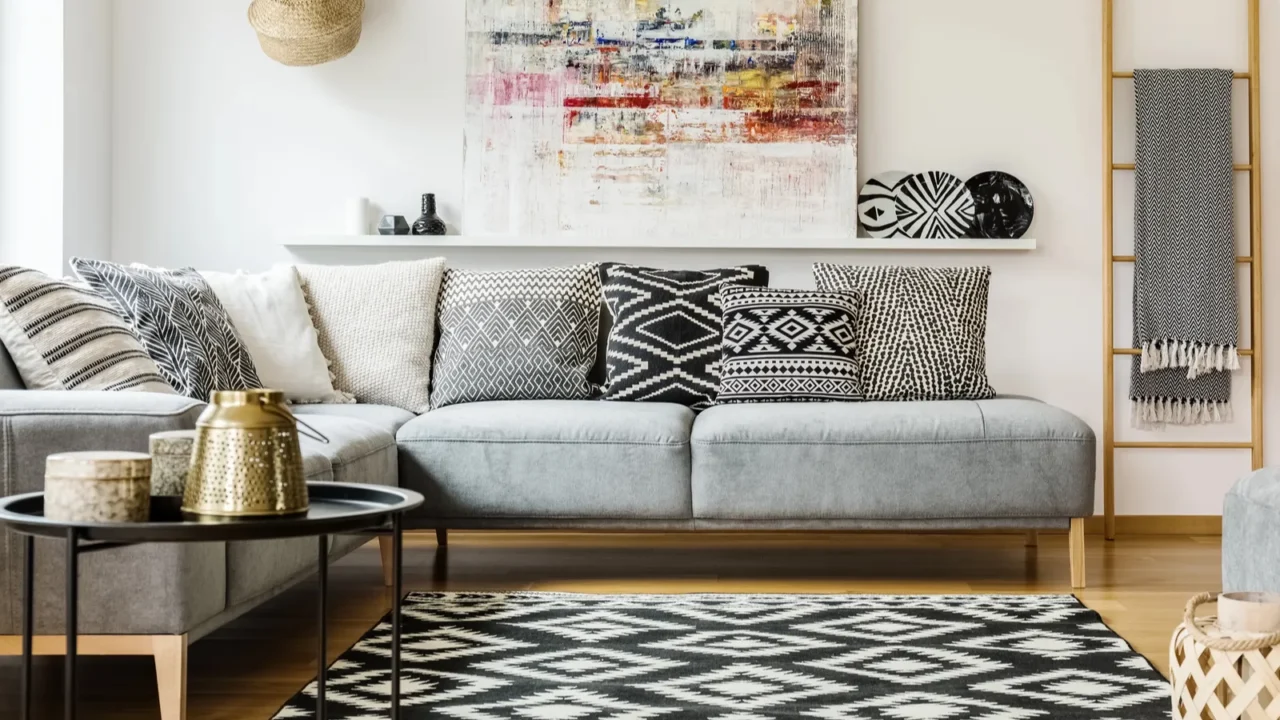
Balance Patterns and Textures
Patterns and textures add personality, but without balance, they can disrupt a home’s flow. The key is to create continuity by repeating design elements. If you have bold wallpaper in one room, use a subtle pattern with similar tones in the next.
A geometric rug in the living room can be mirrored with patterned throw pillows in the bedroom. Thoughtfully repeating patterns and materials create a well-balanced space that feels stylish, inviting, and naturally connected.
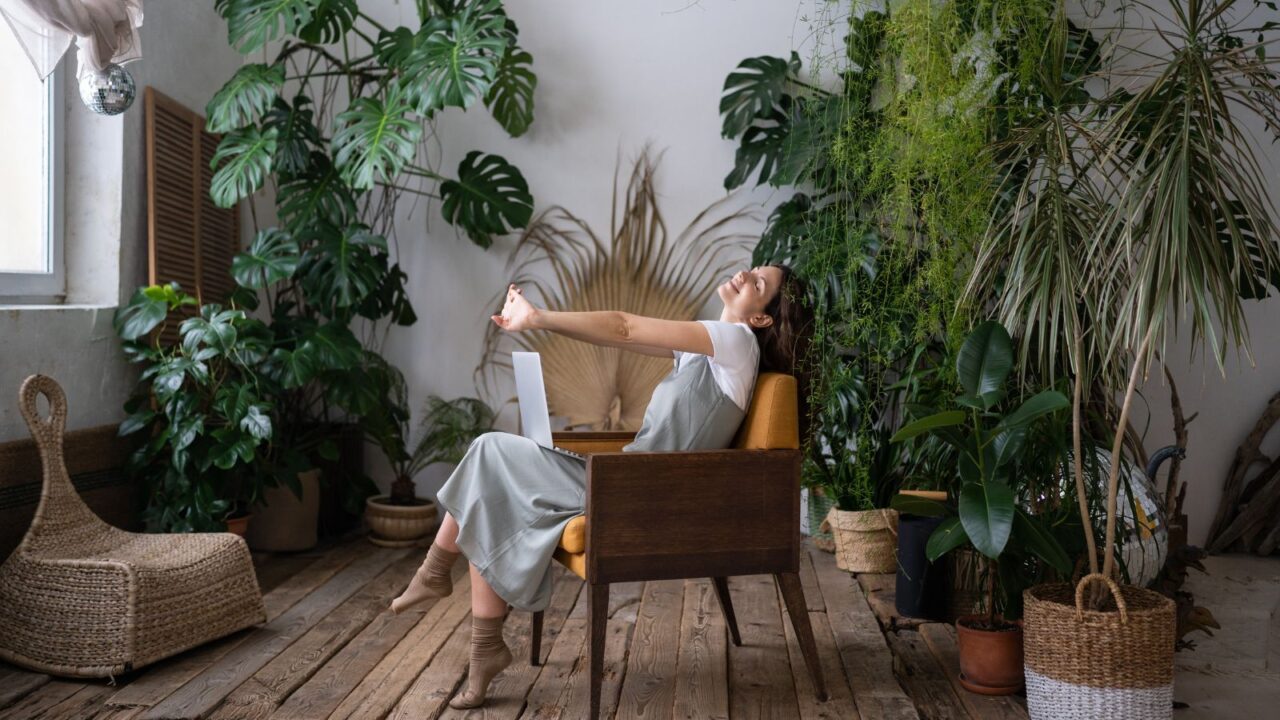
Create Flow with Indoor Plants
Plants are a natural way to make rooms feel connected while improving air quality. Instead of a single plant in one space, distribute greenery throughout your home. For example, a large fiddle-leaf fig in the living room can be complemented by smaller potted plants in the kitchen and bedroom.
Keep consistency by using the same type of planters such as ceramic, terracotta, or woven baskets—so the look remains cohesive. Plus, plants add a calming atmosphere and bring life to every corner. If you’re new to indoor plants, give this piece a read: The Right Houseplants Décor for Every Room.
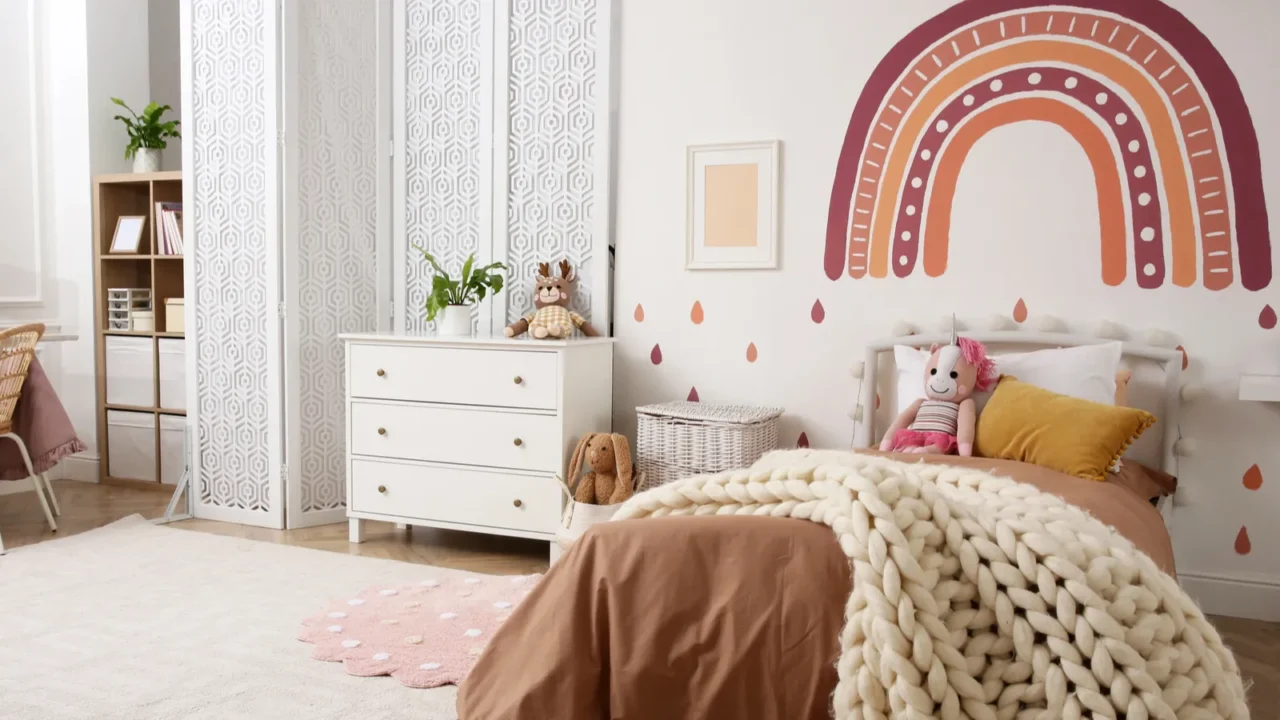
Let Your Personality Shine With Intention
A cohesive home doesn’t mean sacrificing personality, rather it’s more about making intentional design choices. Instead of decorating each room with a completely different theme, find subtle ways to link your style across spaces.
Only add things that reflect your personality and taste. Choose a signature accent color or design element that appears in every room, whether it’s a pop of navy, gold hardware, or natural textures.
Keeping a few common threads throughout your home ensures that your unique style feels intentional, not random. If you need tips on how to decorate mindfully, check out Very Demure, Very Mindful Home Decorating Tips.
Read More From This Brand:
Bedroom’s Color Psychology (Right Hues)
Don’t forget to follow us for more exclusive content right here on MSN.